The past eight decades have seen RM Condor and the personnel based there contribute to the defence of Angus and the entire UK.
The base on the outskirts of Arbroath was first constructed as a Fleet Air Arm base in 1938 when it was known as HMS Condor.
These high-security sites face constant threats but during the Second World War its defences were penetrated by “invaders” much closer to home.
Major Robert Ramsay from Kinblethmont Estate was the group leader of the Arbroath-Carnoustie Auxiliary Unit which was Tayside’s secret last line of defence.
The auxiliary unit was among those established by Winston Churchill, who ordered a network of hidden bunkers to be set up in case of a land invasion by Adolf Hitler’s troops.
They were manned by the most trusted members of the community and trained in guerrilla warfare to attack from behind enemy lines should the Nazis invade.
The Arbroath-Carnoustie Auxiliary Unit
The Arbroath-Carnoustie Auxiliary Unit was among those from the No.1 Region of the Resistance movement in Scotland which included Angus, Fife and Perthshire.
The unit’s existence only became public knowledge after the end of the war.
Major Ramsay told of his experiences running the Arbroath area group in an interview with the Evening Telegraph in May 1970 – including their invasion of HMS Condor.
Mr Ramsay said: “My area stretched to the outskirts of Dundee, and included Monifieth Carnoustie, and Arbroath.
“Our headquarters was near Forfar.
“We had hidey holes in various places.
“There were two on my estate, but I think they will have pretty well collapsed by now.
“Underground, they were quite a size and were stocked with stores, food, equipment, and bunks.
“Our boys were all picked men.
“We used to train with members of the Special Air Service and with Norwegians.
“We were obviously regarded as important, as we could get any equipment we asked for.”
HMS Condor
The group had a ready-made target on which to practice – HMS Condor.
He said: “We became so expert at penetrating the Navy’s defences, which included extensive wire fencing, that we virtually went into the Air Station at will.
“And not only into the grounds, but into the buildings – including the Captain’s office.
“As evidence that there had been callers in the night, we left chalk mark on equipment or walls. Our attentions became so embarrassing that at one stage the Navy asked if we would kindly not cut their wire fences so frequently.”
Once inside, the “invaders” had to avoid security patrols, which meant lying low until they had made their rounds.
Major Ramsay said: “Once a plane landed near us.
“We lay low, and the pilot walked almost on top of us.”
The auxiliary unit used Condor’s convoys to practise ambush setting.
Major Ramsay said: “One night we received a warning that a convoy was due.
“We guessed that, when we stopped the lorries, the crews would jump out and head to the nearest ditch.
“So we fixed up some traps in the ditch with trip wires.
“When the lorries approached, we blew up a roadside tree with gelignite, bringing it down across the road.
“As we thought, the crews rushed for the ditch and blew themselves up.
“We had sten guns firing down on them, with smoke bombs and thunder flashes going off.
“If the Germans had come, they would have received the same treatment – with live ammunition.”
Major Ramsay explained that despite the unit never coming to blows with the Germans, the explosives work still produced several casualties.
“One member of the Arbroath group suffered serious injury to his hand when gelignite exploded.
“A professional soldier, giving a lecture, blew up the lecture table.
“He escaped unhurt.”
In recognition of their efforts, the units in the area were asked to help with guard duties at Balmoral Castle while King George VI was in residence.
Mr Ramsay remembers some rivalry between his unit and the members of the Household Cavalry were on duty at Balmoral.
He said: “There was some rivalry between the cavalry and our men during daytime.
“But after dark, our lads were completely at home.
“Our training made a big difference when night exercises were held in Montreathmont Forest, which covers many acres.
“Members of the auxiliary units could find their way through the trees with ease.
“Their comrades from the towns who had joined them for combined manoeuvres were at a great disadvantage.
“They had the cavalry scared stiff.
“This ability of the auxiliary units would have been a major asset if the Germans had invaded.”
Hitler’s feared Nazi troops threatened to unleash hell on Britain in 1940 if Operation Sea Lion was given the green light.
Thankfully Tayside’s auxiliary units were never required after the operation was postponed indefinitely following the Allies’ victory in the Battle of Britain.
No one knows whether Sea Lion would have succeeded or not had it been launched but Major Ramsay and his comrades stood ready to defend the region.
That should never be forgotten as we approach Remembrance Sunday.
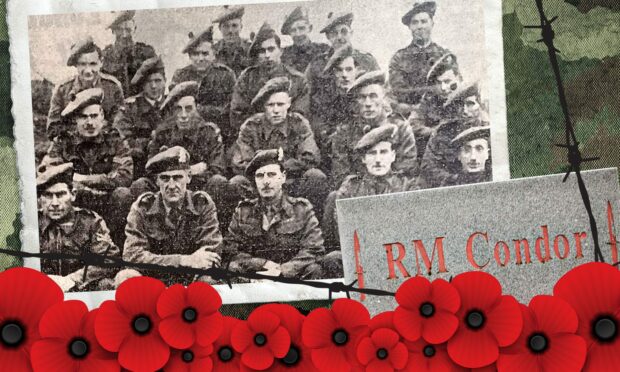
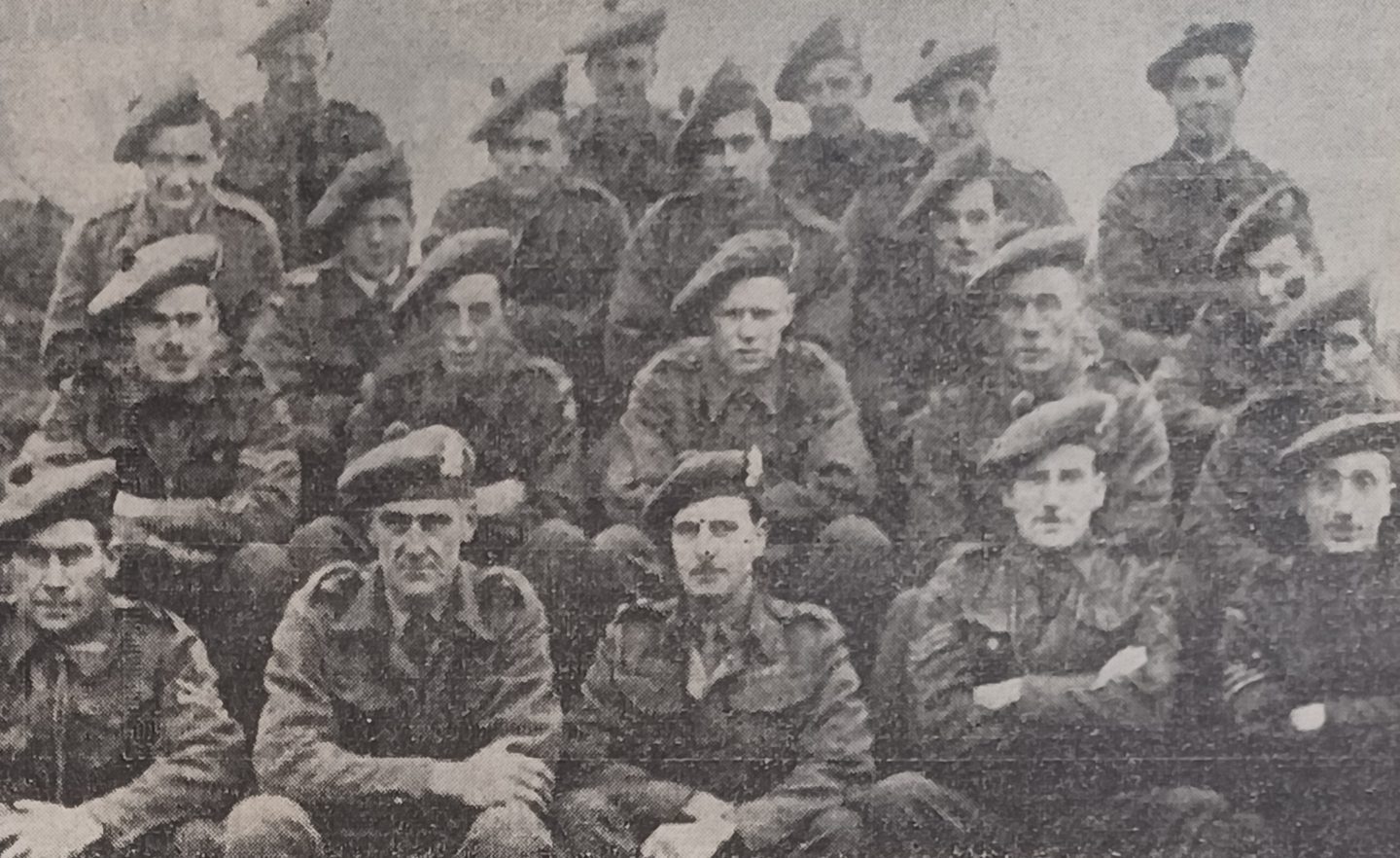
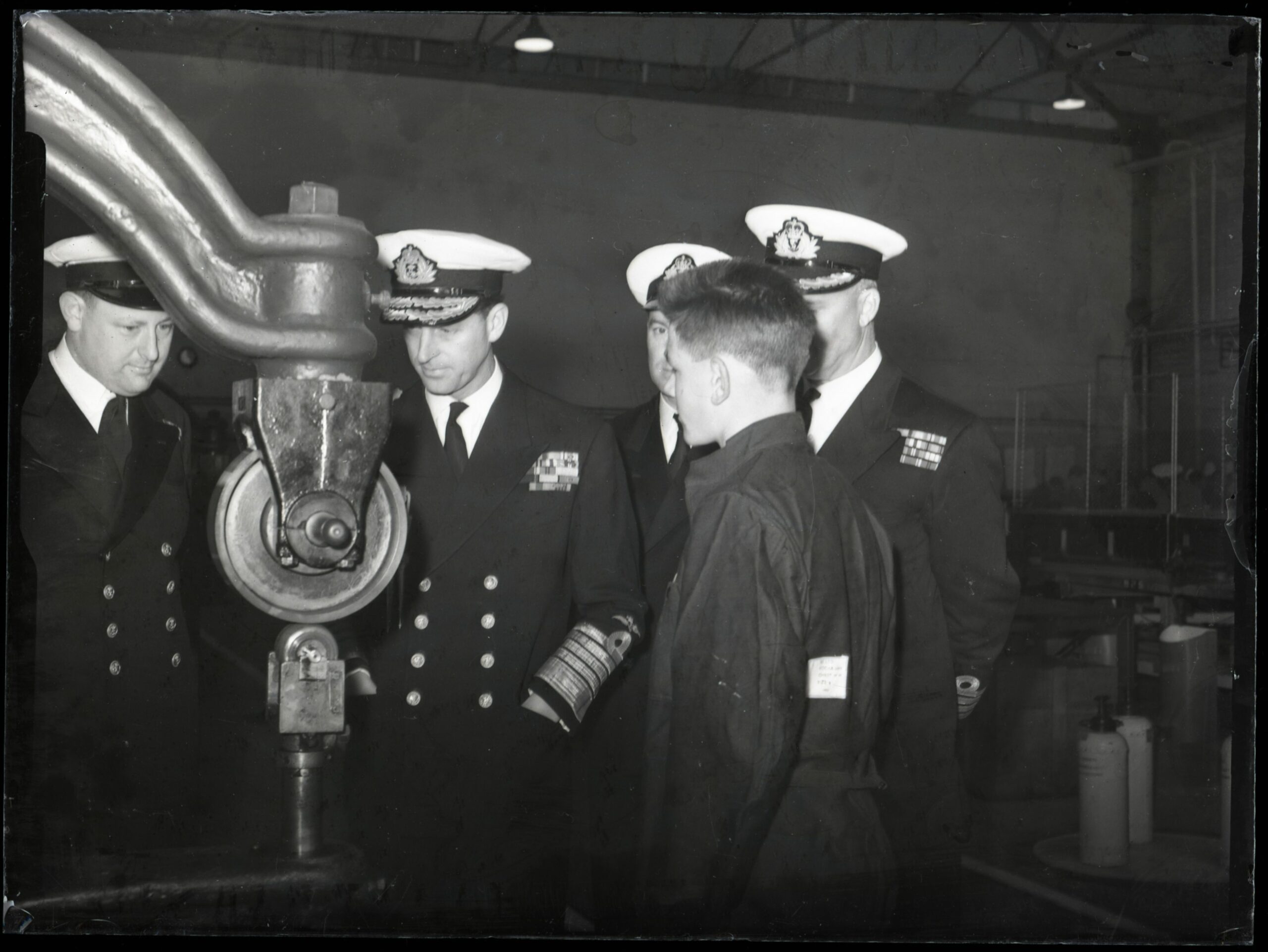
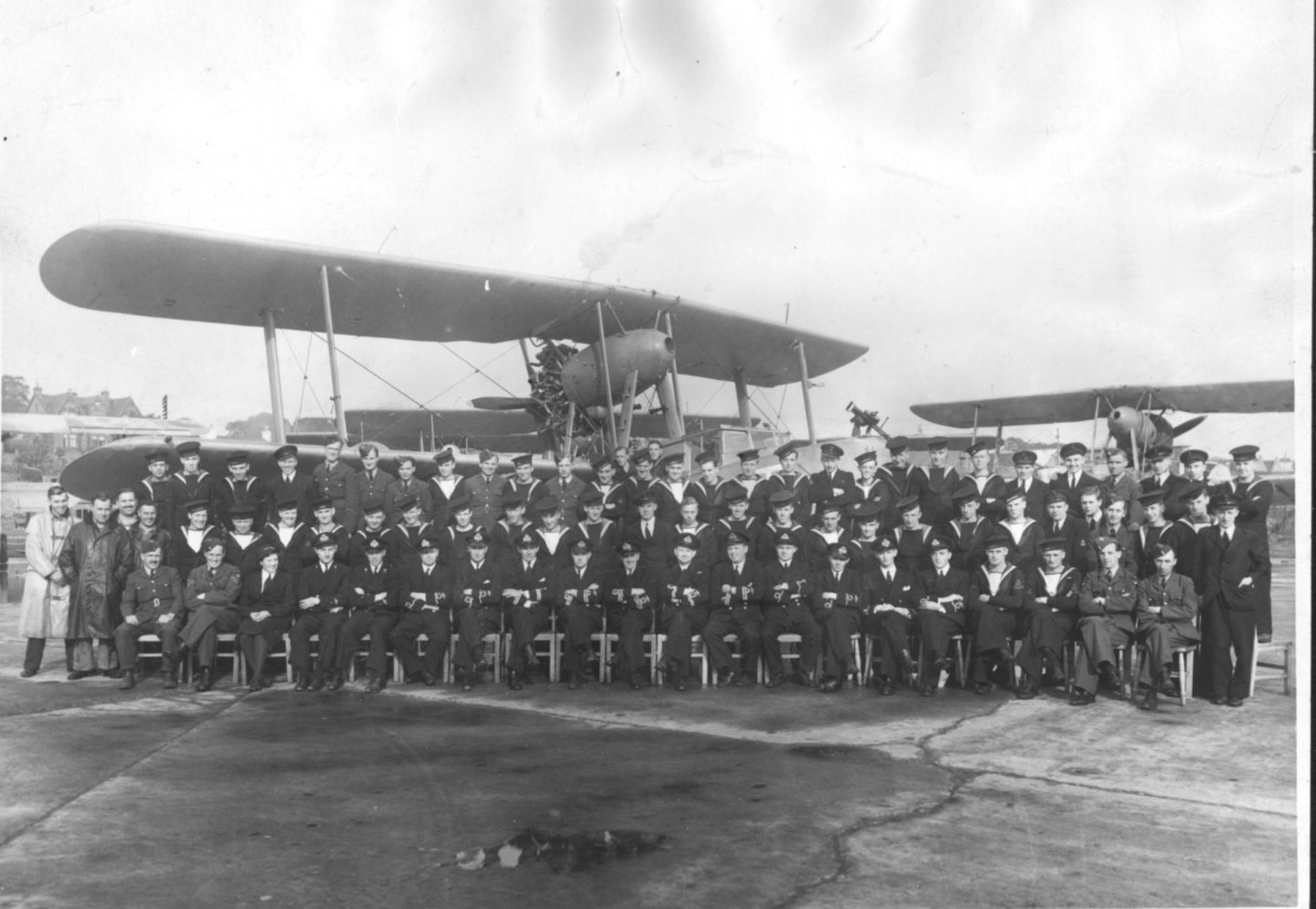
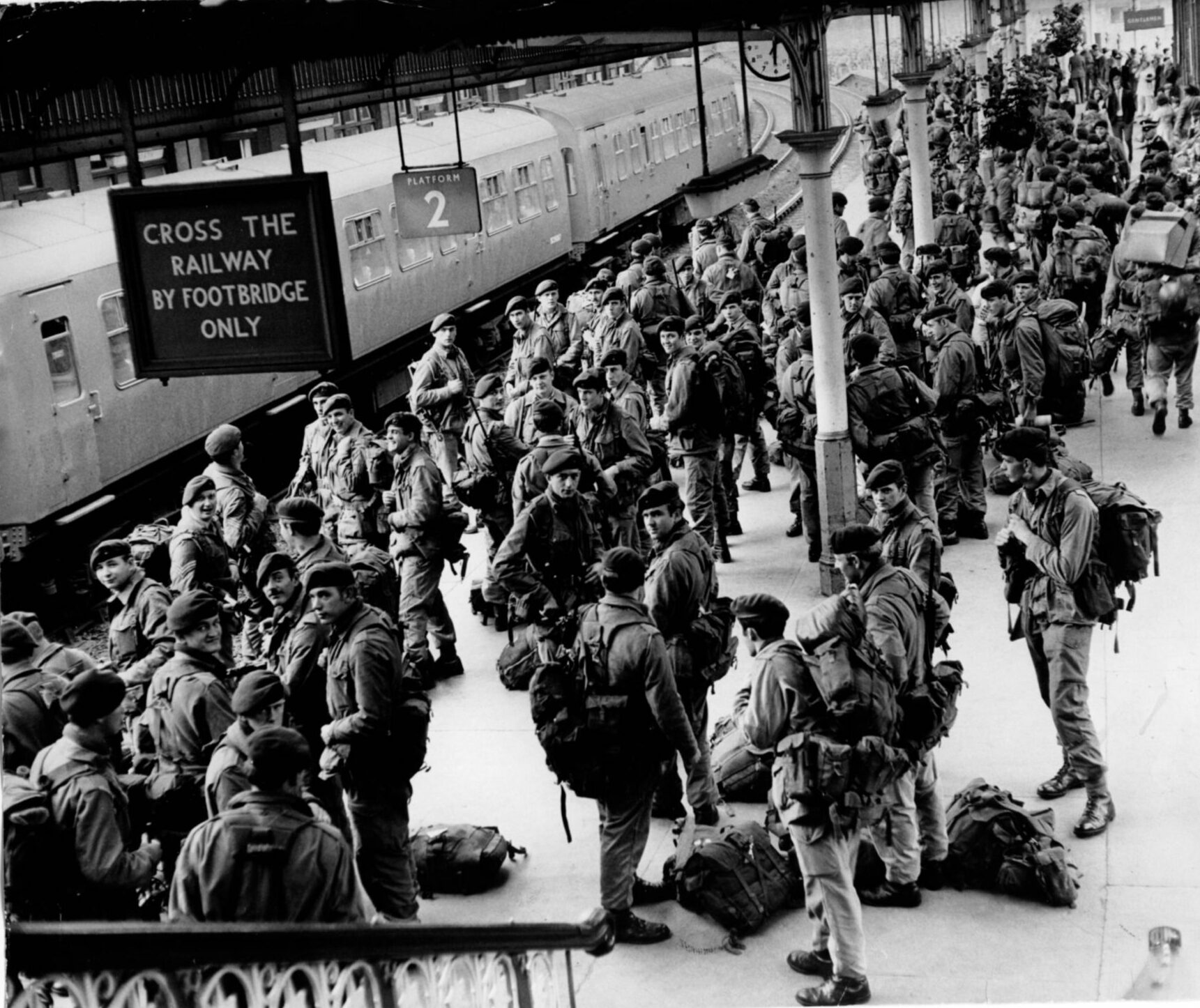
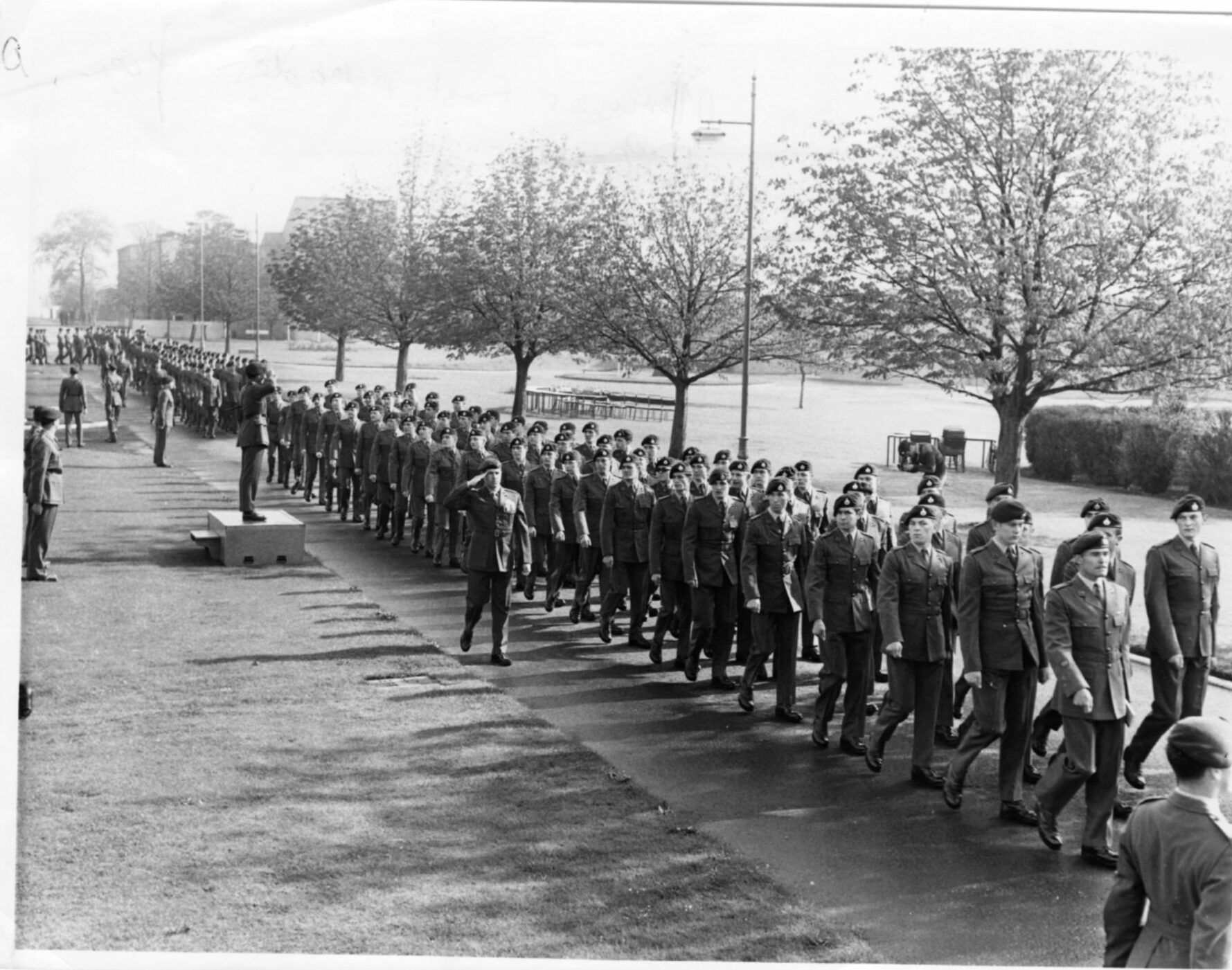
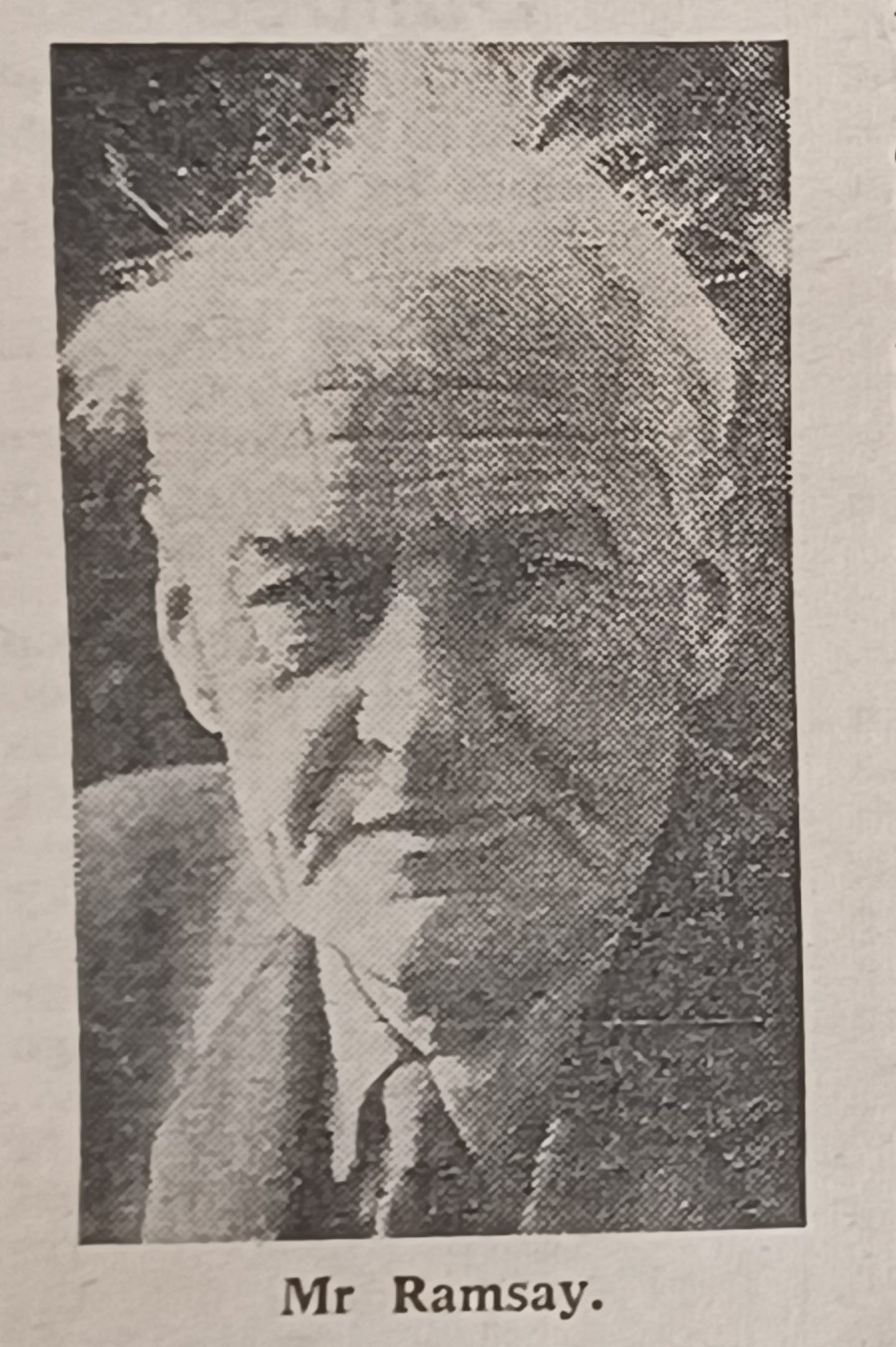










Conversation